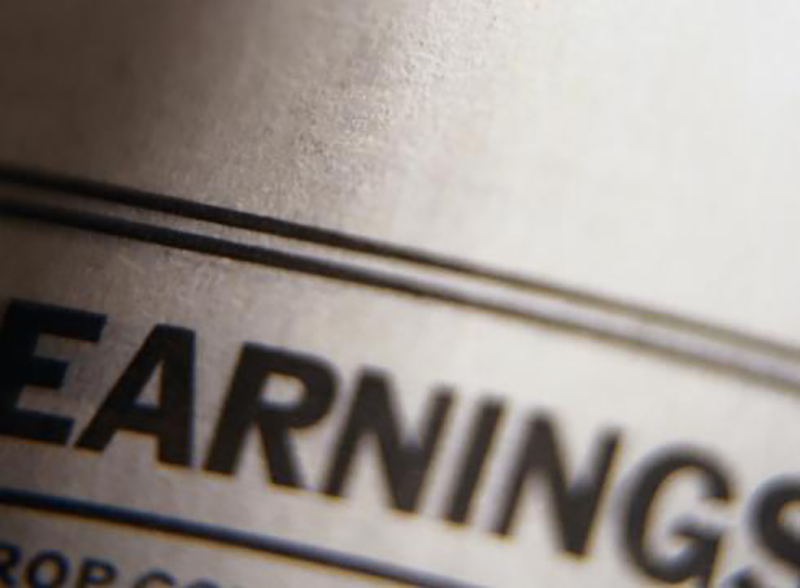by Kristina Hooper, Chief Global Market Strategist, Invesco
Key takeaways
New leadership in the UK.
While the job will be far from easy, I suspect the new prime minister’s government will have the markets’ confidence going forward.
Early days for earnings season.
Earnings season has been solid so far, but it’s early days, and I anticipate some disappointments ahead.
Misplaced optimism
A market rally unfolded based on the hope that the U.S. Federal Reserve might soon pivot. But I don’t think the data backs up this optimistic view.
Continuing with a theme I’ve talked about in the last few weeks, global markets remain in a holding pattern on several key issues. But there are a few questions that have been answered in the past week.In particular, there have been several geopolitical developments in the last seven days:
- The UK’s prime minister has resigned. Only days after replacing the chancellor and reversing course on the proposed mini budget, UK Prime Minister Liz Truss resigned. Attention immediately turned to potential replacements, with Rishi Sunak winning the vote to become the next prime minister. While there are still many unknowns, we do know that Jeremy Hunt will remain in his new role as the Chancellor of the Exchequer. Since it was the proposed budget that caused the extreme reaction from markets, I’m optimistic that, with Sunak having also served as Chancellor of the Exchequer and with Hunt, who has served in several different cabinet positions, in the Cabinet, the new prime minister should be able to avoid surprising markets going forward. While the job Sunak is taking on will be far from easy, I suspect his government will have the markets’ confidence going forward.
- Italy welcomes a new prime minister. Italy’s new Prime Minister Giorgia Meloni has taken the reins and has provided some reassurance in the process. In recent days, she met with France’s President Emmanuel Macron, who shares her interest in encouraging Germany to be supportive of energy subsidies. More importantly, she seems to have backed away from her anti-EU stance in recent weeks. She made a powerful statement about Italy’s foreign policy last week: “I have and always will be clear, I intend to lead a government with a foreign policy that is clear and unequivocal. Italy is fully part of Europe and the Atlantic Alliance. Anyone who does not agree with this cornerstone will not be able to be part of the government, at the cost of not being a government. With us governing, Italy will never be the weak link of the West.”1
- China’s Communist Party Congress has concluded. Coming out of this important meeting, there are some knowns and some unknowns:
o China will continue to pursue its “China-style modernization” with an emphasis on technology, industrialization, and advanced manufacturing. I believe this should be a positive for the Chinese economy over the longer term.
o China will continue with its “Shared Prosperity” vision. This means there will be a sharper focus on increasing low-income households’ earnings in order to enlarge the middle class and enhancing households’ income from financial assets through various channels. I believe this also should be a positive for the Chinese economy.
o There were some leadership changes in the high ranks of government. Any change brings uncertainty, but there does seem to have been an extreme reaction to the news of those changes. I anticipate there will be heightened volatility in the near term as investors get comfortable with these leadership changes.
What have we learned from earnings season?
Earnings season has been solid so far, which has contributed to recent market optimism, but it is still early with only about 20% of companies in the S&P 500 having reported thus far.2 About 70% of companies have beaten earnings expectations (but for the most part those expectations had already been adjusted downward) and they have been concentrated in certain industries.2
I think going forward some companies will disappoint — so this should shape up to be a stock picker’s and sector picker’s earnings season. Some industries and companies can pass on costs to their customers and others cannot.
What will the U.S. Federal Reserve do next?
The big driver of U.S. markets — and to a large extent global markets — continues to be the U.S. Federal Reserve (Fed) and the anticipation of what it might do next.
A rally unfolded late last week as markets concluded that the Fed would soon pivot. San Francisco Fed President Mary Daly helped this view with her comments, explaining that “it's really challenging to step down right now ... We are not there yet.” However, she added that "the time is now to start talking about stepping down. The time is now to start planning for stepping down."3
Facing reality
I’m still scratching my head about this rally. I’ve been eagerly waiting for a Fed pivot for a while now — to say I would welcome one is an understatement — but I just don’t see it happening soon based on those comments. Daly told us what we already know; she wants to get away from 75 basis point hikes, but the data hasn’t supported it.
This is similar to the glimmer of hope we saw in the September Federal Open Market Committee meeting minutes: Several participants noted that “particularly in the current highly uncertain global economic and financial environment, it would be important to calibrate the pace of further policy tightening with the aim of mitigating the risk of significant adverse effects on the economic outlook.”4
The reality is that data has to cooperate, and it hasn’t yet. We just keep getting signs that the U.S. economy hasn’t sufficiently cooled. In earnings calls last week, more major airlines talked about strong demand that they believe will continue, and the CEO of a major bank shared, “Our U.S. consumer clients remained resilient with strong, although slower growing, spending levels and still maintained elevated deposit amounts.”5 Now that doesn’t mean the U.S. economy won’t cool rapidly given the dramatic series of rate hikes we’ve already experienced, but I suspect Fed officials will be some of the last to know.
I do believe that, whatever the terminal rate is, it won’t last long. The Fed will likely have to start cutting rates soon after it reaches the terminal rate — especially if the terminal rate is 5% or above. And that is perhaps the most positive thing I can say about this rate hike cycle.
In the short term, defensive parts of the market are likely to perform better, in my view. However, for investors with longer time horizons and cash on the sidelines, I believe it’s time to start at least thinking about dollar cost averaging into the market — and that goes for stocks, fixed income, and alternatives.
Looking ahead
This week we will be hearing from the Bank of Canada and the European Central Bank. And we will be getting data that will help inform the Fed and Bank of England in their upcoming decisions in the following week. And, of course, I will be paying close attention to earnings.
This week’s schedule is tech-heavy in terms of earnings calls. Rising costs and the strong U.S. dollar are likely to provide the biggest headwinds. In my view, tech companies are more vulnerable than other sectors given their substantial exposure to foreign revenue. However, I will be most focused on the outlook — what companies are telling us about the fourth quarter and beyond.
Footnotes
1 Source: CNN, “Giorgia Meloni sworn in as Italy’s prime minister. Some fear the hard-right turn she’s promised to take,” Oct. 22, 2022
2 Source: FactSet Earnings Insight, as of Oct. 24, 2022
3 Source: Reuters, “Fed's Daly says it's time to start talking about slowing rate hikes,” Oct. 21, 2022
4 Source: U.S. Federal Reserve, minutes of the September Federal Open Market Committee meeting, Oct. 12, 2022
5 Source: Brian Moynihan, Bank of America earnings call, Oct. 17, 2022
Copyright © Invesco















